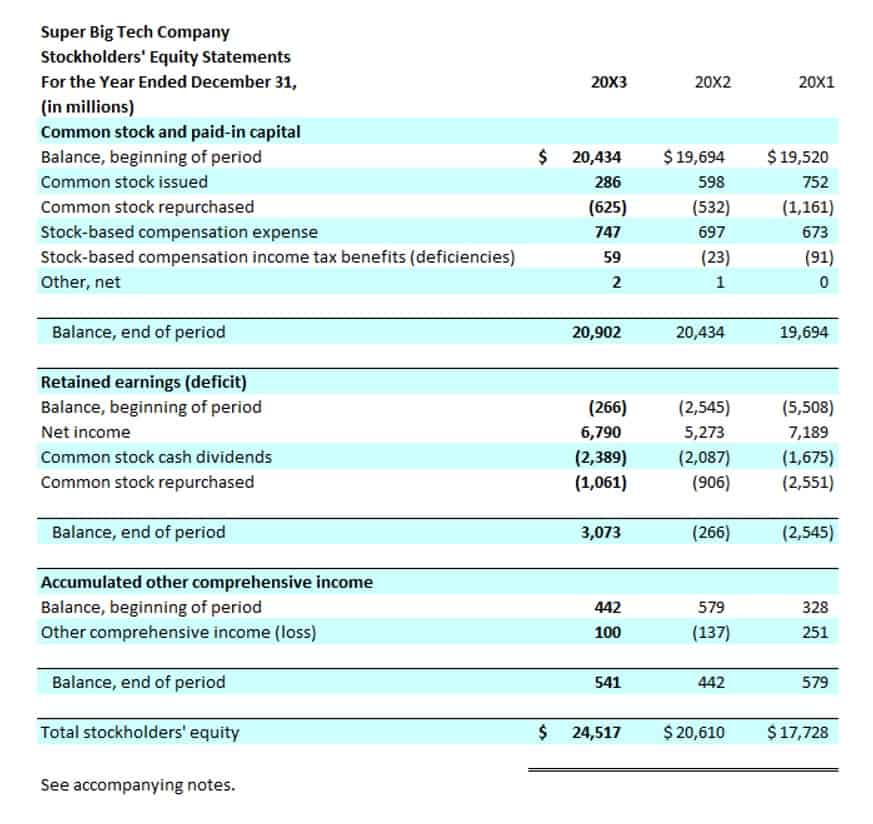
If you plan to reduce the price of the car by $100, then that is the sales allowance you are providing. Net Sales is the first thing you get to see on an income statement. So, you need to double-check that you are providing the right figures. Total revenue divided by number of units sold, customer accounts, or product users. Your gross margin is typically expressed as a percentage of the revenue your company retains after subtracting COGS. So, for example, if your company keeps $.50 of every dollar in revenue, your gross margin is 50%.
- You’ll also be able to know how much of your total payment goes towards taxation, helping you plan your financials more effectively.
- For income tax purposes, don’t forget that you must include in your income the difference between the GST/HST that you’ve collected and the GST/HST that you were required to remit.
- To help you better understand how to calculate gross sales, here’s an example in action.
- Easy-to-understand visuals clearly illustrate sales and forecast trends so you’ll never be in the dark.
- It gives you a big-picture overview of your net income from sales, which is fundamentally one of the biggest revenue drivers you’ll have.
Gross sales vs. net sales: Key differences and why they matter for your business
To ensure that your gross sales calculation is as accurate as possible, you must carefully account for all sales data, which means reviewing all sales data sources. Also, keep in mind that gross sales do not include taxes, expenses, or any deductions. Save yourself from confusion when asking questions like “Does gross sales include sales tax? ” Instead, leave that to experts like Kintsugi, a powerful automation tool designed to simplify sales tax compliance and streamline financial reporting for businesses. It accurately calculates sales does net sales include tax tax based on real-time rates, ensuring compliance with local and state regulations while separating tax from revenue. Gross revenue, also known as gross sales, is the total value of goods or services sold in a particular period.
Importance of Net Sales in Financial Statements
It’s something you need to know when measuring growth and the sustainability of your cash flow over the long term. There are countless resources available online to help you track both gross and net sales. But it’s smart to have a tool that’s real estate cash flow built into your CRM platform so that you can view real-time insights — and take immediate action to help hit your sales forecast. Not everyone is a born financial analyst, so don’t feel bad if you’re not entirely sure — you’re in good company. Just 45% of sales leaders have high confidence in the accuracy of their forecasting (including their projection of gross and net sales), according to Gartner.
What is the difference between gross sales and taxable sales?
- Make sure you consistently track and record all relevant transactions, such as returns, allowances, and discounts, to ensure precise calculations.
- Under GAAP, businesses typically include sales tax in gross sales when acting as agents collecting the tax for the government.
- Include the sales tax in the cost of goods and services expensed in the year the purchase was made.
- The company offers credit terms of 1/10, net 30 days and some customers paid within 10 days and were granted early payment discounts of $300.
- To ensure that your gross sales calculation is as accurate as possible, you must carefully account for all sales data, which means reviewing all sales data sources.
There were some sales returns—a few batches were a little off, so some online customers asked for refunds. Here’s how two small businesses might recording transactions find this figure by looking at revenue from their sales transactions. Net profit is another one of the most important retail metrics—at the end of the day, it’s the money that’s left in your pocket. That’s why it’s also known as the bottom line, as it’s usually shown at the bottom of a financial report. Ahead, you’ll learn what net sales figure is and how to calculate it, and see examples of how a net sales calculation works in a real business. Even if you’re crushing your sales quotas, you need to have a deeper understanding of how your sales are trending to adapt strategies and keep an edge over the competition.

Which Method Should you Use to Calculate Sales Tax?
Calculating net income involves a straightforward process that helps you understand the true profitability of a business or your finances. This means you’ll need to know the tax and factor it in ahead of time, as the actual final price will be a bit higher than originally shown. Tax exclusive means the tax is calculated at the point of the final transaction.
You’ll typically look at this figure on a weekly, monthly, quarterly, or annual basis. It will cover all payment options, whether that’s via cash, credit card, debit card, gift card, or bank transfers. Looking at her net sales numbers from the past fiscal year, Casey can review her sales strategies and make adjustments to increase profits.

Many sellers often ask themselves whether they should calculate sales tax on gross sales or net sales, and the answer is not always straightforward. Each can provide valuable information about the overall health of your small business. At Bench, we do your bookkeeping and generate monthly financial statements for you.

A gross sales calculation example
Although gross and net sales are separate metrics in financial reporting, the two still share some similarities. Calculating net sales is vital for assessing profitability and operational efficiency. It influences financial ratios such as the net profit margin, which measures how effectively sales convert into profit. Businesses focus on optimizing net sales to improve financial health. Clothing brands typically have the highest rates of return, at around 12% of sales.
